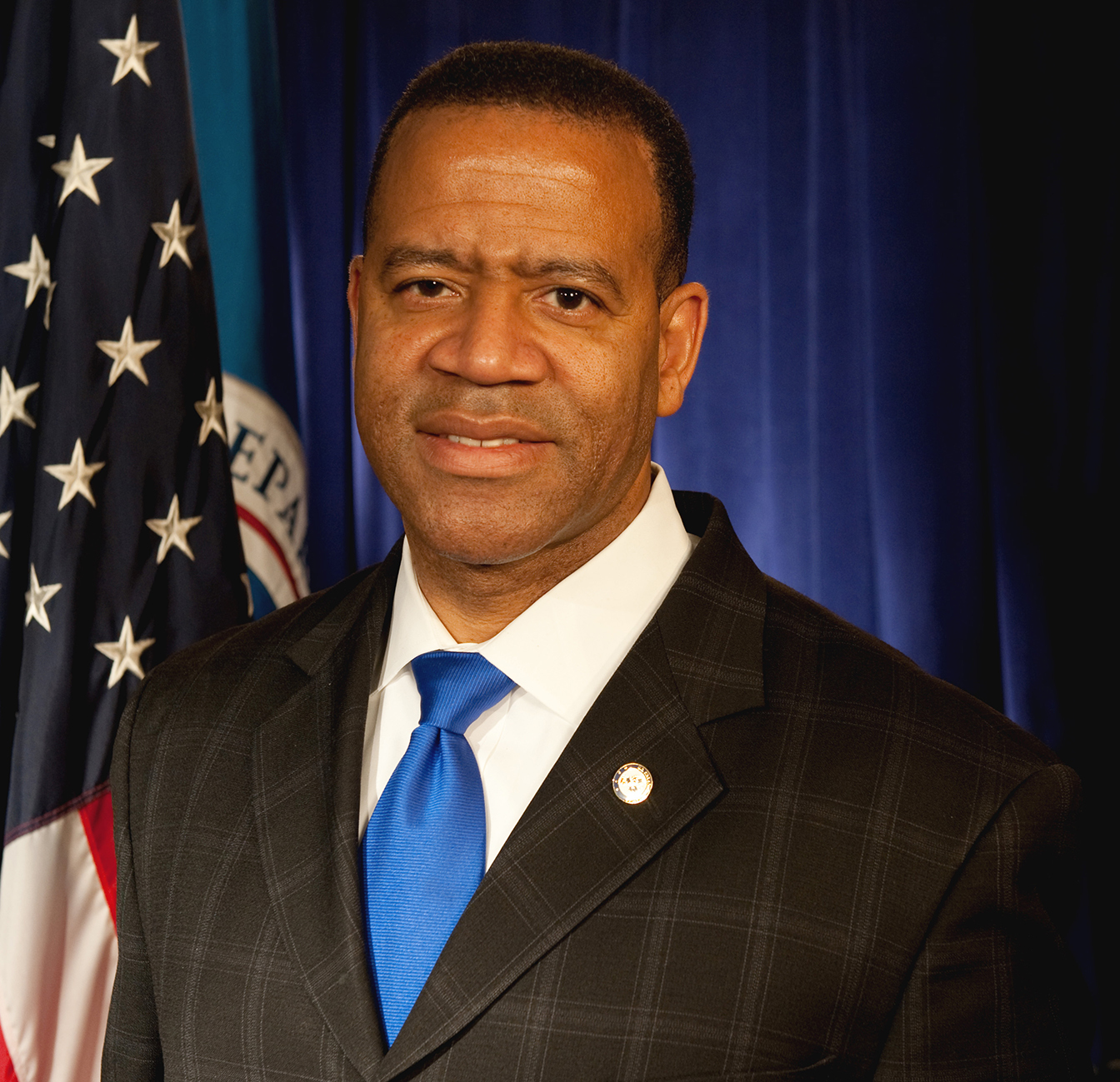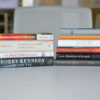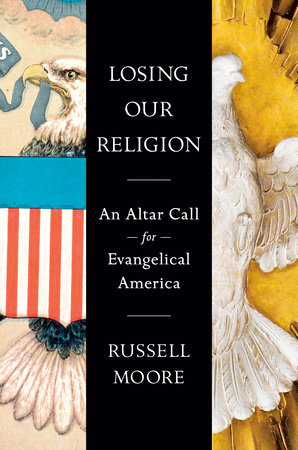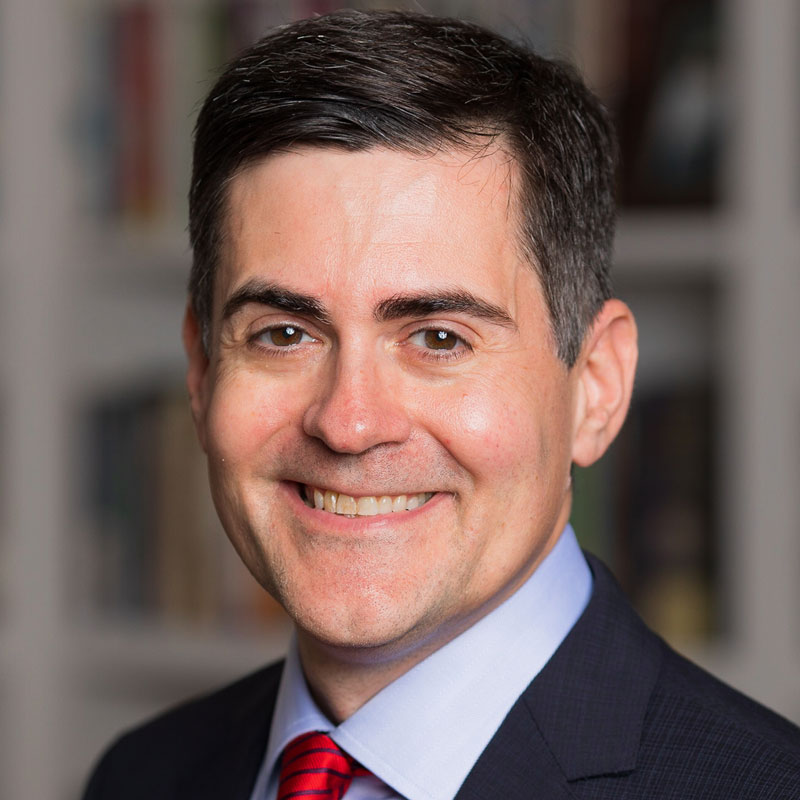Here’s my annual end-of-the-year roundup of the best books I read this year. Let me start with my caveats. These aren’t all 2014 books, though most of them are; they’re just books I happened to read this year. These are the books that happened to stir my thinking this year. They’re in no particular order.
How (Not) to Be Secular: Reading Charles Taylor
by James K.A. Smith (Eerdmans)
When I first picked up this slim volume, I assumed it was a sort of Cliff’s Notes to Taylor’s A Secular Age, something I could give to friends and students who wouldn’t necessarily want to read Taylor’s wardrobe-sized volume. I was wrong. Smith here interacts with Taylor, to be sure, but the end result is not a summary but rather a piercing analysis of the state of secularism, and what it means for culture.
The reason this matters for everyone, not just those interested in philosophy and cultural criticism, is contained in Smith’s opening illustration of a church planter who moves from the Bible Belt to an “unchurched” urban region. He is equipped with all the answers to the questions non-religious people have. Then he realizes that they don’t have any questions for him. They don’t have gaps in their mental maps, but rather they have different maps.
The phenomenon Smith is describing here is exactly on target, and is what I’ve called the shift from a Nicodemus culture in North America (where externally religious people are, at least some of the time, coming by night to ask questions) to a Woman at the Well culture (where people outside the church culture aren’t asking questions, at first, because they see nothing missing).
This book isn’t a jeremiad on how everything is snowball-to-hell since America lost God. He offers, in conversation with Taylor, a way for Christians to better address the culture by finding the “thin” places in secularizing lives, those points that are haunted by the longing for transcendence.
This book is a slow read, not because it’s dull but because it takes a while to ponder each paragraph. But it’s worth it, especially for pastors, missionaries, and parents.
Tinkers
by Paul Harding (Bellevue Literary Press)
Speaking of haunting and the longing for transcendence, this little book, the winner of the Pulitzer Prize, demonstrates these with grit and beauty. The book is about a man dying, struck as he passes with memories of his childhood and of his father. It contains what I think just might be the best and most evocative description of a man dying since Tolstoy’s The Death of Ivan Ilyich.
Consider these sentences: “When he imagined inside the case of that clock, dark and dry and hollow, and the still pendulum hanging down its length, he felt the inside of his own chest and had a sudden panic that it, too, had wound down. When his grandchildren had been little, they had asked if they could hide inside the clock. Now he wanted to gather them and open himself up and hide them among his ribs and faintly ticking heart. When he realized that the silence by which he had been confused was that of all of his clocks having been allowed to wind down, he understood that he was going to die in the bed where he lay.”
Such sentences are throughout. The book prompted me to ponder my own death, not in a morbid way but in a biblical sense of “counting my days” with a sense of gratitude for life, and for remembrance.
The Secret History of Wonder Woman
by Jill Lepore (Knopf)
My wife knows that the two major crushes of my childhood were Lynda Carter and Amy Grant. Amy Grant’s a story for another day, but Lynda Carter was the actress who played Wonder Woman in the television series about the Amazon warrior-princess. At the time, I thought she’d make an excellent pastor’s wife. I don’t know about Lynda Carter, but Wonder Woman might have a difficult adjustment to the born-again life.
Several years ago, I preached a sermon at Southern Seminary on the “gender wars,” and opened by talking about William Moulton Marston, the inventor of Wonder Woman. He was an expert in Greek mythology, and patterned her partly after the goddess Diana (or Artemis, in Greek mythology). Marston was also an early feminist pioneer, who thought a woman superhero would subdue male violence. Wonder Woman was, after all, from an island without men and thus without war or crime. Moreover, he was a professor of psychology and the inventor of the lie detector. Thus, Wonder Woman had a magic lasso that made whoever was bound with it tell the truth. It is no accident, then, that Wonder Woman was an icon of second-wave feminism, appearing on an early cover of Ms. Magazine.
But it’s also no accident that one of the biggest disappointments feminists have with Wonder Woman is the way she is repeatedly objectified as a sex object. This is true in recent controversies over comic books and graphic novels, and has been the case for a long while. The theme song to the television series of my childhood included the words, “In your satin tights, fighting for your rights, and the old red, white, and blue.”
This book explores the cultural history of this figure, tying her to the feminist and sexual revolutions in ways I did not even know. Marston, it turns out, was a key part of the story of Planned Parenthood founder Margaret Sanger. And he was what folks today would call a “polyamorist.”
The book is an important reminder, to Christians, about the powerful mythological and cultural forces behind the gender and sexual revolutions from which we dissent. Ephesians 5 wasn’t written in a vacuum, after all, but in an Ephesus world-renowned for its worship of Artemis. The gospel was threatening because it displaced not just religion and culture of the place but also the economy. The silversmiths led the riots because they were making a living selling figurines of Artemis (Wonder Woman action figures, if you will). The gospel broke through all of that, and restored some real wonder to womanhood, and some meaning to manhood too.
America’s Pastor: Billy Graham and the Shaping of a Nation
by Grant Wacker (Harvard)
What a book. I think it is hard for those of us who have lived in the Billy Graham era to recognize just how significant this time has been in the history of the church, as God has used this North Carolina voice to call so many to faith in Christ. This volume traces the life of Graham, and fits his ministry in the context of American cultural, political, and religious history.
The book beautifully depicts the courage of Graham, one who drew detractors both from the Left (Reinhold Niebuhr and the mainline liberals) and from the Right (Bob Jones and the fundamentalists). Of special note is Graham’s fight against racism and Jim Crow. Graham saw the racist structure of the South of his day to be a gospel matter, and he was willing to defy the Ku Klux Klan and the White Citizens’ Council and the southern evangelical establishment as a result. On this and other issues, Wacker notes, Graham “confronted his friends more often than his enemies.”
Graham’s model is about far more than a “successful ministry,” or an evangelism strategy. He modeled courage, conviction, and integrity. He wasn’t a hypocrite or a heretic or a hack. The fact that this is unusual in American religious life ought to make us weep. But this book will remind us to rejoice in the fact that we were alive to see God work in this remarkable way through this remarkable man.
Fierce Convictions: The Extraordinary Life of Hannah More—-Poet, Reformer, Abolitionist
by Karen Swallow Prior (Thomas Nelson)
Karen Swallow Prior is one of those writers whose work I always love. She writes with precision and with passion but also with lyrical beauty. And she writes as one bearing authority, not as one of the scribes. This book is about a figure, Hannah More, who is probably unknown to most of you. I knew next to nothing about her, other than her association with William Wilberforce, before I read the galley draft of this book. The story is riveting.
Prior explores how More led the fight against the slave trade, for education for women, for the humane stewardship of animals, and for the advance of the gospel. In an era when too many want to chop up the mission of the church, severing “gospel” from “justice,” the life of More is a welcome antidote, and her story is told here in an example of biography at its best.
Reading Backwards: Figural Christology and the Fourfold Gospel Witness
by Richard B. Hays (Baylor University Press)
I remember once hearing an evangelical Old Testament professor tell his students that the writer of Hebrews would get a D minus in this professor’s hermeneutics class. I heard of another telling his class that after reading Justin Martyr’s dialogue with Trypho, the professor agreed with Trypho. The idea that the biblical text has no overall coherent message is perfectly consistent for liberalism, but has no place in a theology that sees that the Bible is not simply the work of human authors but is also the Word of God. And God’s Word to humanity is centered on Christ and him crucified.
This book is vibrantly on point. Hays demonstrates how each of the gospel writers, with their differing emphases, are understood in light of the Old Testament. He further demonstrates that the Old Testament itself is understood in light of the whole Bible, a Bible that points to Christ Jesus and the gospel. If we read any text in the Bible without reference to Jesus, we are missing the context, a context of the whole canon as Christian Scripture. And if we read anything in the life or teaching of Jesus apart from the Old Testament, we are missing the context. Jesus is the embodiment, after all, of Israel and of Israel’s story.
Hays is also exactly right that the gospels call us to what he calls a “conversion of the imagination,” requiring a Christian poetic sensibility that knows how to recognize allusion, irony, parable, and paradox.
Lila
by Marilynne Robinson (Farrar, Straus and Giroux)
What Walker Percy is to Kierkegaard, and what John Updike is to Barth, Marilynne Robinson is to Calvin. She imports Calvin’s sense of God and the world into twentieth-century Iowa, and she does so with the sort of craftsmanship that makes the world she creates linger in the reader’s mind long after the book is shelved.
This volume is the third in a series, after Gilead and Home, looking at many of the same events through three different sets of eyes. This volume is from the point of view of a woman from a horrible life-story trying to find her way into the world of Midwestern American Christianity. The book is never preachy or simplistic, but deals honestly with the human condition, a condition that is both bearing the dignity of God’s image and the weight of fallen depravity.
The Great Partnership: Science, Religion, and the Search for Meaning
by Jonathan Sacks (Schocken)
I picked up this book after spending some time with the author, the retired Chief Rabbi of Great Britain. I don’t agree with everything in this book, of course. Rabbi Sacks disagrees with the Apostle Paul about the “tragic” nature of the Fall (and I’m with Paul). But I found it catalyzing my thinking more than anything I had read in a long time.
Sacks takes issue with the vision of contemporary naturalism that human beings are accidental products of biology, floating along in an accidental universe. The book is at its best when Sacks writes of what makes human lives meaningful, in terms of relationships and rootedness and purpose.
The book is also a good model of writing persuasively. Sacks is not simply presenting slogans for his “side.” He presents alternative views fairly, and seeks to address those who disagree, to ask them to consider that life might be more than matter, that humanity might be more than biology.
Thomas Jefferson’s Qur’an: Islam and the Founders
by Denise Spellberg (Vintage)
I am surrounded by John Leland, the Revolutionary-era Virginia Baptist preacher and freedom fighter. My office here in Washington DC is named Leland House, with paintings of and books by Leland all over. His thought is formative on my own about why religious liberty matters and what freedom of conscience ought to mean. I carried this book onto an airplane expecting to read about Jefferson, and I did, but there in the midst was my old friend Leland.
The book addresses Jefferson’s vision of how religious liberty would function for Muslims (or “Turks” as they were then most often called) in the future of America. Islam provides an interesting test case for the author since Muslims were hardly an interest group in the new republic. The question of religious freedom as it relates to Islam then is a question of what convictions undergirded Jefferson’s commitment to religious liberty. The author develops this, at least partly, in dialogue with the Baptist tradition, going all the way back to English Baptist Thomas Helwys and continuing through the preaching and activism of Leland.
I smiled as I recognized that familiar old voice of the fiery preacher Leland. The book notes Leland’s hatred of human slavery. “Wretched religion, that pleads for cruelty and injustice,” he wrote. “If Christian nations were nations of Christians, these things would not be so.” Because he advocated for religious liberty for everyone, not just for those who had the majority of votes, Leland was sometimes lumped in with Jefferson and Locke as an “infidel.” Leland’s response was one I think all of us in ministry would do well to emulate. He said, “May the Lord increase my faith and make me more holy, which will be the best refutation of the libel.”
Provocations: Spiritual Writings of Kierkegaard
, compiled by Charles Moore (Plough)
“Christ has not appointed assistant professors but followers.”
Kierkegaard’s writing is rich in content but can be tough ploughing for many. This book is an amazing compilation of hard-hitting, devotionally-catalytic writings from the Melancholy Dane. I was delighted as I started reading this book that I could give it out to friends who would enjoy it and benefit from it. It wasn’t long though before I found myself laughing out loud at insights, convicted of my own sin, and driven to prayer. This is one of the best devotional books I’ve read in years.
Bonus Book:
The Fox Went Out on a Chilly Night
by Peter Spier (Doubleday)
I enjoyed reading this book to my toddler son before bedtime many nights. The illustrations are vivid and memorable, and the story jaunts along following a fox through his night hunting all the way back to the den with his wife and cubs. My son liked it, and I think I liked it more than he.



















